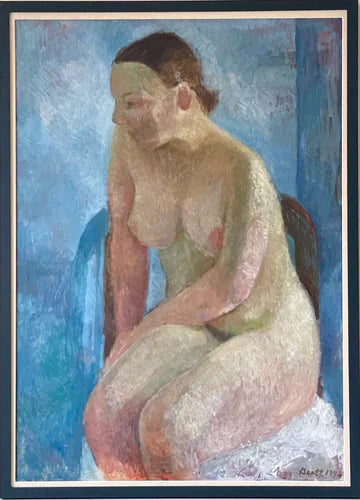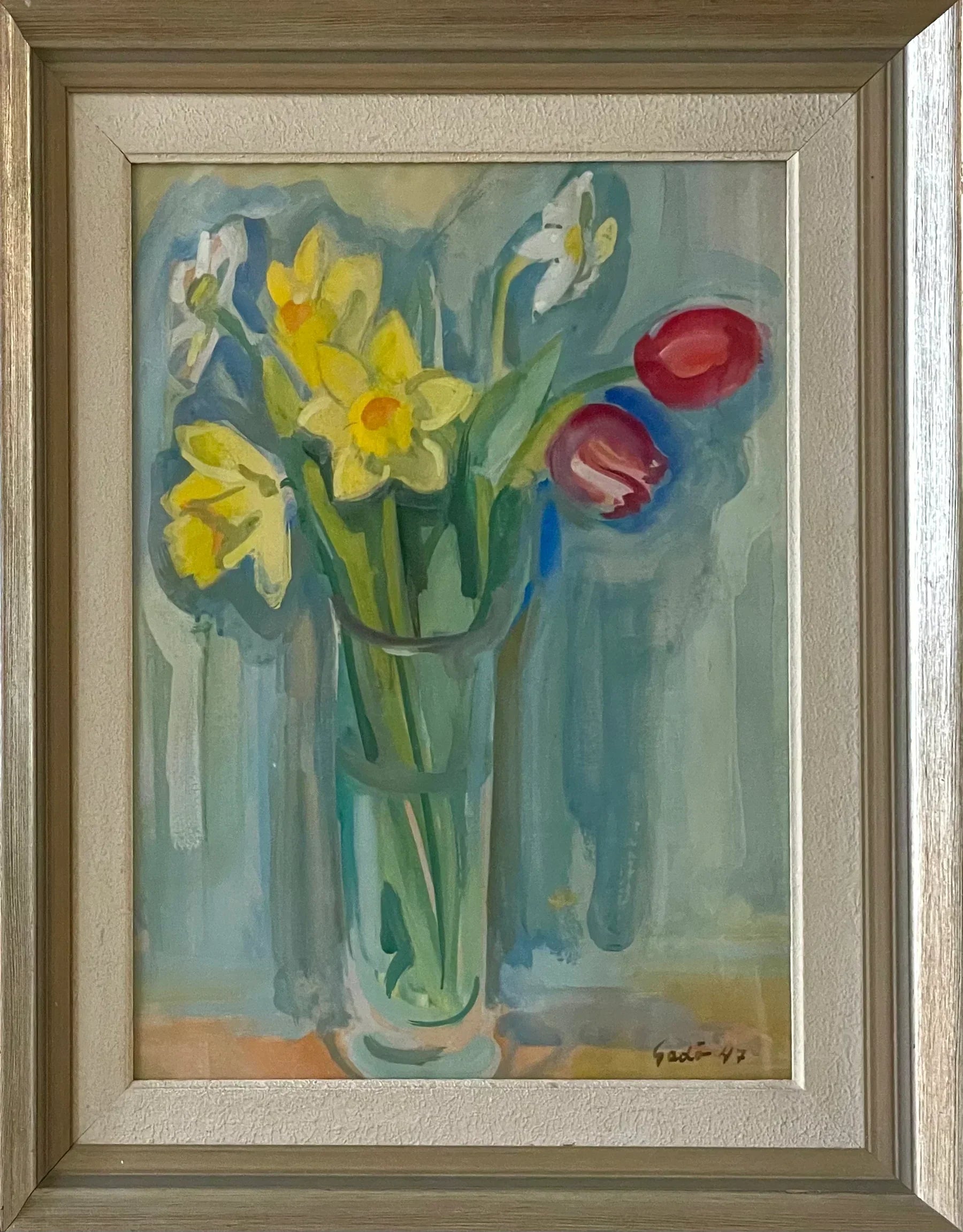Saint Valentine
Saint Valentine
Saint Valentine’s Day, celebrated annually on February 14th, is synonymous with love, romance, and the giving of tokens of affection. But behind the heart-shaped cards and chocolate boxes there is much history tied to Saint Valentine himself. Here are a few thoughts and facts about St Valentine , his day and how art has represented the story over the centuries.
So who was he?
The identity of Saint Valentine is shrouded in mystery. The Catholic Church recognises at least three different saints named Valentine or Valentinus, all of whom were martyred. The most common story involves a priest who lived in third-century Rome. According to legend, Valentine defied Emperor Claudius II’s ban on marriages for young soldiers, secretly performing weddings to preserve love amidst the grimness of war. For his defiance, he was imprisoned, and later executed on February 14th.
Another story claims that Valentine healed the blind daughter of his jailer, leaving her a note signed “Your Valentine,” the origin of the now-ubiquitous phrase. While there are no historical records of this the story has led to the saint's association with love, compassion, and devotion.
Saint Valentine’s Day in art over the centuries.
From medieval manuscripts to contemporary art, Saint Valentine has inspired artists over the years
1. Medieval Manuscripts and Illuminations
The connection between Saint Valentine’s Day and romantic love first emerged in the Middle Ages. Geoffrey Chaucer’s 1382 poem Parlement of Foules is one of the earliest known literary works linking the day to courtly love. In it, Chaucer describes a gathering of birds to choose their mates on “seynt valentynes day”, as an allegory of free will and love.

An image from the medieval manuscript of the Parliament of Fowls, as seen in the British Library, late 1300s.
Many illuminated manuscripts were illustrated with extraordinarily detailed paintings showing lovers exchanging tokens or acts of courtship.The beautiful colours and gilded details of these manuscripts describe the beauty and sanctity of love. One of the most famous....and beautiful... is the Roman de la Rose, a 13th-century French allegorical poem often accompanied by detailed illustrations of romantic ideals.
2. Renaissance Paintings
During the Renaissance, with its emphasis on humanity and on divine inspiration, artists such as Botticelli and Raphael often portrayed scenes of romantic or divine love that aligned with the themes of Saint Valentine’s Day.
Raphael’s Saint Valentine Baptising Saint Lucilla, although not specifically about romantic love, represents Valentine’s role as a figure of compassion and divine connection. Secular depictions of love, such as Botticelli’s Primavera or Titian’s Venus and Adonis, embody the ideals of passion and beauty, themes which resonate with the idea of St Valentine.

Primavera by Sandro Botticelli, tempera on panel, Uffizi, Florence, ca. 1470s.
3. Romanticism and the 19th Century Valentine Craze
The 19th century saw a surge in the popularity of Valentine’s Day, encouraged by the Victorian interest in sentimentality and romantic expression. Art during this period often featured cherubs, flowers, and hearts, all symbols that became central to the iconography of St Valentine.
Another Victorian development was the production of elaborate Valentine cards, often including lace, silk, and intricate die-cut designs. Artists such as Kate Greenaway and Esther Howland, known as the “Mother of the American Valentine,” made these into an art form.

'Valentine' by Kate Greenaway, chromolithograph, The Metropolitan Museum of Art, New York, ca. 1880.
4. Modern and Contemporary Art
In the 20th and 21st centuries, St Valentine’s Day has continued to inspire artists. Pop artists such as Robert Indiana celebrated it with works such as his iconic LOVE sculpture, with its bold typography and bright colours.

'Love' by Robert Indiana, screen print on paper, Smithsonian American Art Museum, New York, 1967.
Contemporary artists also use Valentine’s Day to examine modern relationships. From street art by Banksy to digital creations shared on social media, today’s interpretations often blend humour, irony, and poignancy, reflecting the multifaceted nature of love in the internet age.
Symbolism in Valentine’s Art
The art associated with Saint Valentine’s Day is rich with symbolism. Hearts, doves, roses, and Cupid, the Roman god of love, are among the most enduring symbols which are seen in everything from classical paintings to mass-produced greeting cards.
Red, the colour of of passion and desire, dominates Valentine’s imagery. Artists have used it to evoke emotion and intensity, whether in the drapery of Renaissance figures or in the strokes of modern abstract works.
'Reclining Nude Sketch' by an unknown artist, charcoal on paper under glass, available at Collins and Green Art. Click the image for more information.
Saint Valentine and his day have inspired artists over the centuries from medieval illuminations to contemporary street art. Are you are romantic and do you celebrate St Valentine's Day? I have to admit it's not my favourite day of the year; I never got cards as a teenager and I've never got over it!!!
If however you are more of a romantic than I, you could give a picture as a Valentine's Day present. Have a look at our selection of nudes which make very special and intimate presents. If nudes aren't quite the thing, then maybe a beautiful floral?
'Perching Nude' signed by an unknown artist, charcoal on paper under glass, available at Collins and Green Art. Click the image for more information.
'Adam and Eve' signed H. Bengtsson, 1925-1995, oil on canvas, available at Collins and Green Art. Click the painting for more information.





